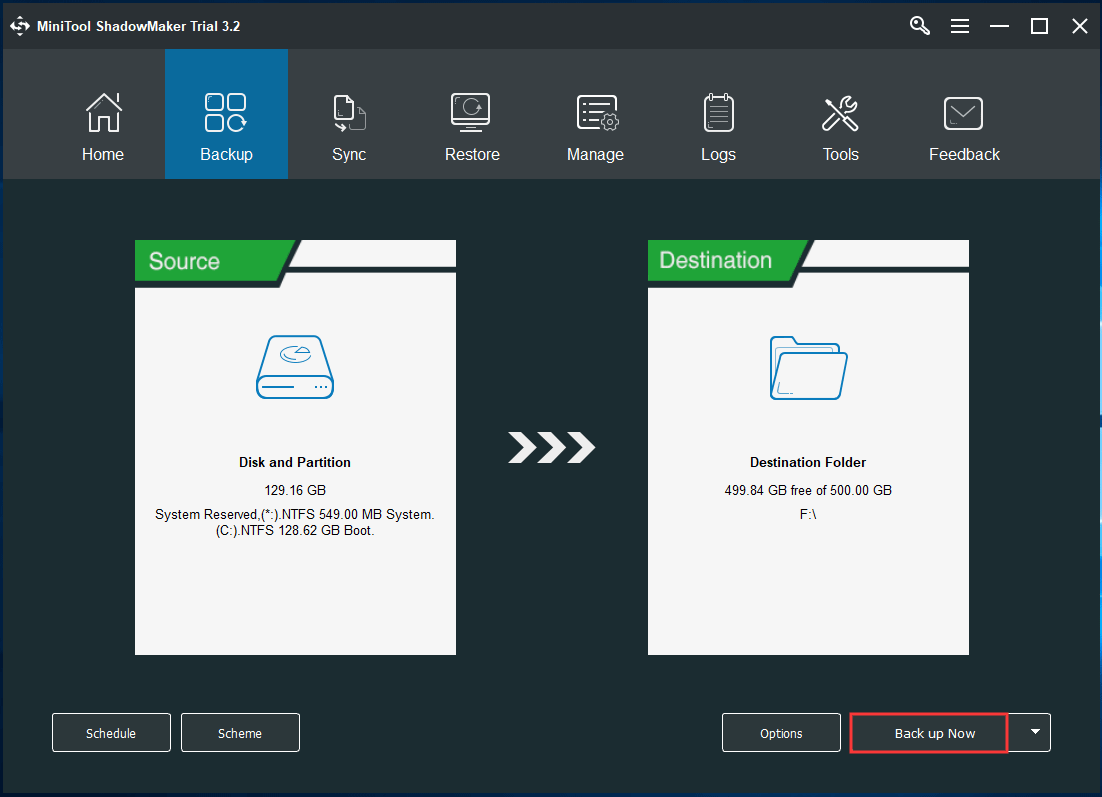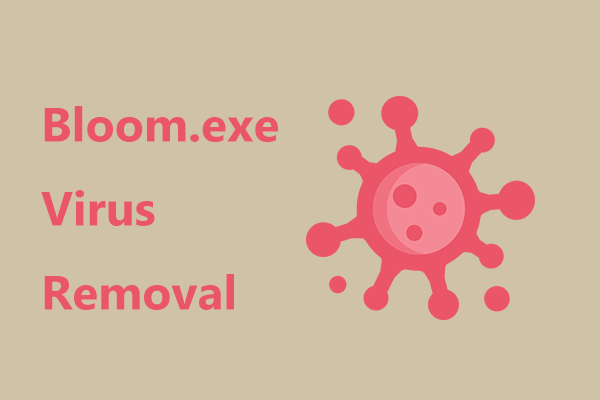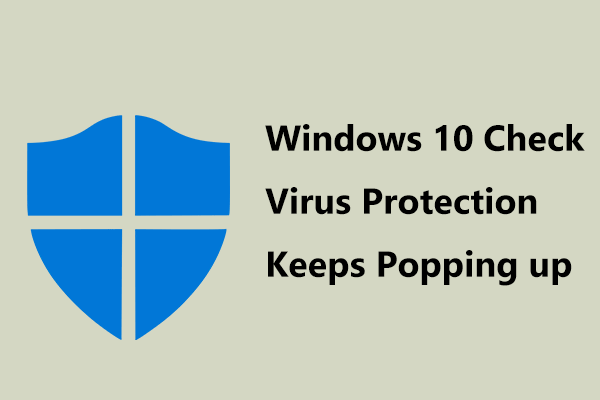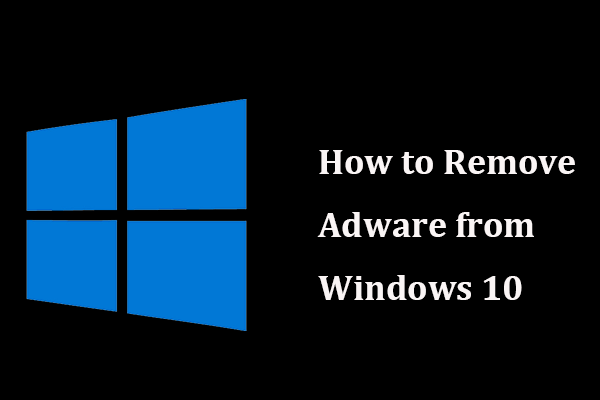Malware VS Virus: What’s the Difference?
Is malware the same as a virus? What is the difference between computer virus and malware?
When referring to the terms “malware” and “virus”, you may think they are the same thing. Although these two terms are often used interchangeably, they are not quite the same. In summary, malware is the umbrella term while a virus is one type of malware.
In the following contents, you can know much information about the topic – malware vs virus.
Computer Virus
A virus is a specific type of malware and it is an infectious piece of code that can be put into files and folders of a website. And it spreads from one device to another through infected websites and files. Like a biological virus infects its host, it can replicate itself and spreads.
Once your device is exposed to a virus, it can install on its own and run on the system without your knowledge.
And it can damage your programs and your hard drive, destroy or delete files. Sometimes the virus occupies much memory of the system and slows down the PC. Even some complicated viruses hide on your PC and do some unwanted activities like spewing out spam.
Even if you are very careful when visiting the websites, perhaps your device has been infected with a virus.
Usually, it can be infected via some daily activities, for example, share files including pictures, music, and documents between computers, download free software, use portable media like USB drives that have been connected to an infected machine, open an infected email attachment, etc.
Once the computer is infected, it is troublesome to remove the virus. Although some antivirus programs can simply delete viruses, you need to recover data or a corrupted hard drive. Some data cannot be retrieved once it is lost.
Malware
Malware is an umbrella term for any type of malicious software, regardless of how it works, how it is distributed, and what its intent is. Malware is made to cause damage to a website, stealing the website’s resources or infecting & harming the host system and its user.
If you are wondering about “is malware a virus”, the answer is no. All the viruses are malware but not all malware is a virus.
Malware can infect your device in several ways. Like a virus, it can spread via file share, free software download, email attachment, portable drive usage, etc. It can bring many harmful effects, including slow device performance, corrupted programs and files, data loss, identity theft, credit card fraud, device not starting or shutting down, and more.
What Are the Common Types of Malware?
As mentioned above, the main difference between virus and malware is that malware is a catch-all term for all malicious software while a virus is a type of malware. And we have introduced a virus in detail. Then, what are other types of malware?
1. Worms
A worm is a standalone program that can be replicated itself and designed to destroy a system. Unlike a virus, a worm looks for vulnerabilities in the infected computer and exploits them or disguise as a legitimate file via an email attachment to spread.
It can move through a server to destroy one website after another in a shared hosting environment.
2. Trojan
Trojan, also known as Trojan Horse, is an application that contains malicious codes. It can disguise as a legitimate file and function in a non-malicious way but the true intention is hidden until it is activated. Trojan deceives and tricks you into running it willingly.
Once you install a Trojan malware, hackers can use it to delete, modify, or capture data, spy on your device, access your network, etc.
3. Ransomware
The most notorious malware is ransomware since it can lock your computer, letting you not access files and folders. Ransomware can also lock your website and prevent any site users from accessing it.
To re-gain the access privileges, you need to pay a ransom in bitcoins or other types of cryptocurrency by following the message offered by hackers on your computer screen.
You may have heard the famous ransomware called WanaCry that happened in May 2017 and infected more than 300,000 systems around the world.
4. Adware
Adware is another type of malware and it is designed to push ads to you to generate ad revenue. Usually, it appears on the websites without your knowledge.
Adware can slow down your computer. The terrible thing is ads can link to sites that contain malicious downloads. Adware can deliver spyware and make the devices that have installed it become the targets of hackers.
5. Spyware
Spyware can collect your personal information, for example, user name, password, and surfing habits. It is a common threat and is usually distributed as freeware or shareware. Spyware can transfer your data to advertisers or cybercriminals. Certain spyware can install other malicious programs that can change your settings.
6. Scareware
You may have encountered scareware that attempts to frighten you into buying unnecessary software or providing financial data via a pop-up saying your PC system is attacked by hackers.
Examples of Malware VS Virus
After knowing the information on virus vs malware in definition, now let’s see how they impact your computer and what the differences are.
There are many types of viruses and let’s see three common examples:
- Viruses can go into executable files and spread via a network. It can infect your operating system and even format the drive.
- Macro viruses use programs that support macros and usually appear as a zipped attachment or a word or excel document attached to a spam email.
- A polymorphic virus can replicate and encrypt itself and modify its own code to evade the detection from an antivirus program.
All malicious software is malware including viruses and may have various goals but the common purposes are:
- Steal your credit card data or other financial data
- Trick you into offering personal data for identity theft
- Infect the PC and demand a ransom payment
After reading this part, you should know much information on – malware vs virus: the difference between them and also know malware is not a virus but a virus is a type of malware. If you want to share this part with your friends to help them get more knowledge, you can tweet it by clicking the following button.
What to Do to Avoid Malware and Viruses?
Viruses and malware always pose a threat to your computer. Distinguishing which is malware or virus makes no sense. The point is that someone attempts to do bad things to your computer and you only want them to stop.
Taking measures to keep your PC safe and prevent it from malware and viruses is what you should do. So, we will show you some useful tips in the following part.
Install Anti-Virus/Malware Software
This is an important point to prevent your computer from viruses and malicious programs. An antivirus or antimalware program can offer comprehensive detection and prevention against malware, viruses, phishing, and other threats.
Once they are detected, the software can remove them before they damage your device to protect your data. But you need to keep it always up-to-date so that it can recognize the latest threats. You can also run scheduled scans with this software to scan the system for viruses and malware well.
Simply speaking, a good antivirus or antimalware is Avast, McAfee, Malwarebytes, etc. You can get one of them online and install it on your PC.
Further Tip:
When searching for malware vs virus, some of you are interested in “antivirus vs antimalware: the difference”. They are the same tools and there is no distinction between them essentially. No company offers a software that only detects and removes viruses but ignores worms, spyware, ransomware, worms, etc. The company uses the terms – antivirus and antimalware interchangeably.
Keep Windows Up-to-Date
No matter you are running Windows 10, Windows 8, or Windows 7, you should keep the system up-to-date. Microsoft always releases some security updates and patches to fix and prevent security leaks in the Windows system. Updating the system is helpful to keep the system secure.
To do this work, go to Start > Settings > Update & Security in Windows 10 and click Check for update. Windows will check if there are available updates. If yes, it will download them and you need to restart the PC to finish the installation.

Think before You Click
Don’t open an email attachment from someone you don’t know and don’t click the link in an unsolicited email. Also, avoid using websites that offer pirated material. If you need to download a file from an email, a file-sharing service, the Internet, etc., you can scan it before running it with an antivirus or antimalware program.
Use Multiple Strong Passwords
Do not use the same password, especially on the blank account. Usually, you use the same email address or user name for your account but they are easy to steal.
If you use the same password for many things, hackers can take only seconds to hack the account. In a strong password, use upper case, lower case, symbols, and numbers.
Back up Your Computer
This is very important if you want to prevent your computer from viruses and malware. As you know, viruses or malicious programs always attack your computer, leading to data loss or system breakdown.
When the system crashes, sometimes you need to reinstall the operating system. This is troublesome. If you have created a system image, you can restore the system to a normal state quickly. Besides, if files get lost, you can also use the backup to easily get them back.
To back up your computer, you can use the professional PC backup software – MiniTool ShadowMaker. It is designed to back up Windows, files, folders, disks, and partitions. So, it can satisfy your demands. Just download this freeware by clicking the following button and have a try.
MiniTool ShadowMaker TrialClick to Download100%Clean & Safe
Step 1: Run MiniTool ShadowMaker Trial to its main interface.
Step 2: By default, this backup software backs up your Windows operating system and you only need to choose the storage path.
Step 3: Click the Back up Now button to start the backup.

These five points are important things you should do to prevent the PC from viruses and malware. Don’t consider malware vs virus: what’s the difference, and just follow the guide to keep your PC safe.
Bottom Line
After reading this post, you know some information on virus vs malware: the difference between malware and virus and what to do to keep the PC from threats. If you have any other suggestions or ideas, you can tell us by leaving a comment below or contacting us via [email protected].


